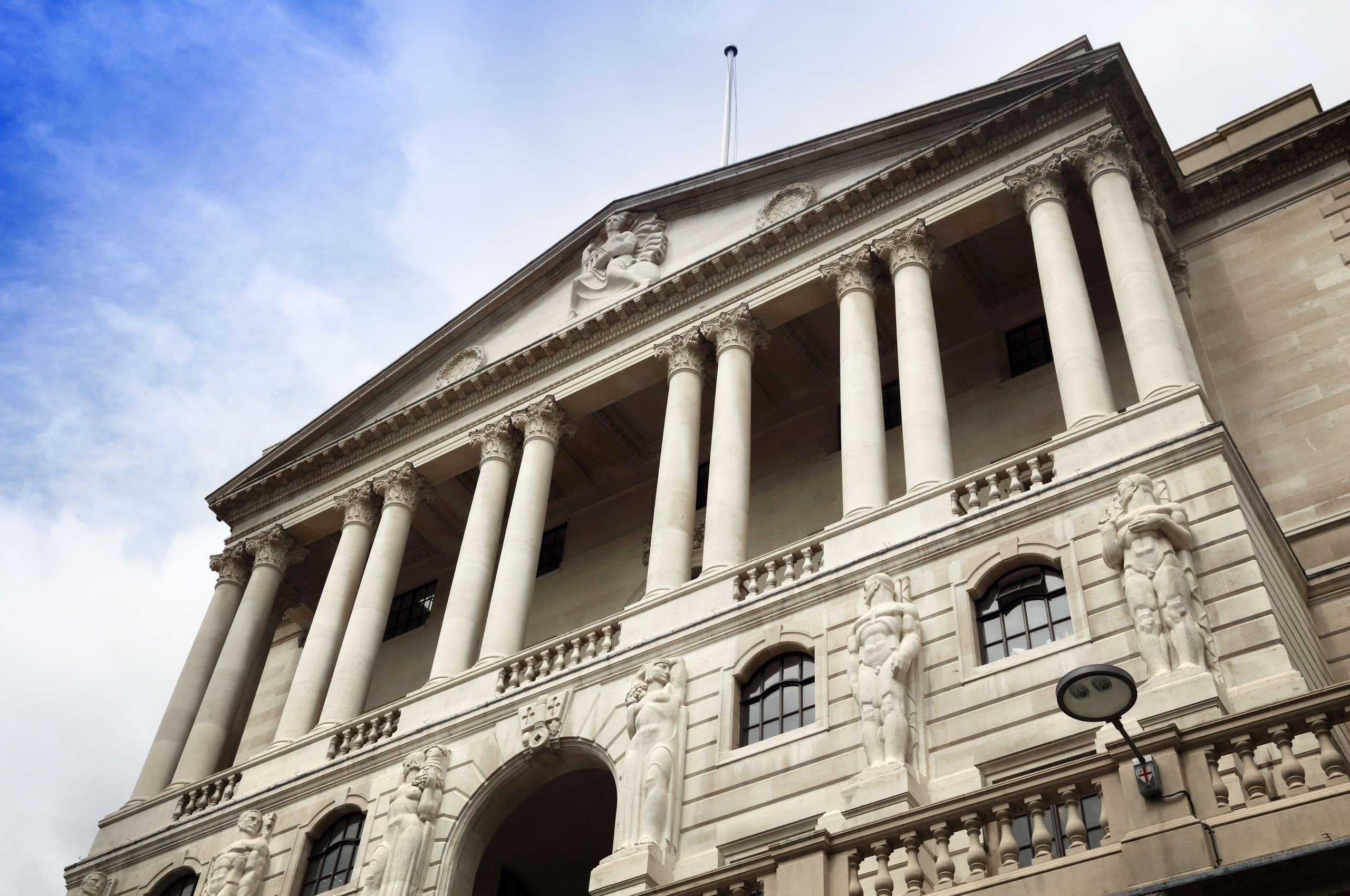High inflation continues to affect economies around the world. However, there are positive signs of recovery, and some surveys indicate that people are starting to feel more confident about the future.
While many things can affect short-term market movements, remember you should invest with a long-term goal in mind. If you have any questions about your portfolio or investment performance, please contact us.
UK
The UK economy flatlined in February, official data from the Office for National Statistics (ONS) shows. Despite expectations of growth, GDP remained the same.
The 0% growth has been linked to strike action. According to ONS, 348,000 working days were lost to strikes in February. Around two-fifths of strikes were in the education sector and are likely to have had a knock-on effect on other industries too.
The news led to Fidelity branding the UK the “weak link” among developed economies. The organisation predicts the UK economy will be stagnant for the rest of the year.
The International Monetary Fund (IMF) also said the UK is on track to be the worst performing G7 economy. It predicts GDP will shrink by 0.3% in 2023. While this is an improvement when compared to the previously forecast 0.6% decline, it puts the UK behind other countries.
In addition, the IMF expects the national debt to continue rising over the next five years. It predicts debt will rise from 103% of GDP to 113% in 2028, putting one of prime minister Rishi Sunak’s key pledges at risk.
Despite the negative outlook from organisations, chancellor Jeremy Hunt remains optimistic. He claimed the UK would do “significantly better” than the IMF predictions.
Inflation in the UK remains high. Despite hopes that the rate of inflation would fall to single digits in March, it was 10.1%. Soaring food prices are a key driver after they increased at the fastest rate in more than 45 years.
Rising costs mean that workers are facing a pay cut in real terms. According to the ONS, regular pay, which doesn’t include bonuses, fell by 2.3% due to inflation. This could affect confidence and spending.
High inflation is also affecting businesses. Soaring costs and weak consumer spending has been blamed for insolvencies increasing by 16% year-on-year in England and Wales.
Data from the S&P Global purchasing managers index (PMI) also indicates that despite exports growing, the recovery in the service sector is beginning to slow.
While there have been challenges, there was positive news for investors too.
The FTSE 100 index posted its longest winning streak since 2020 in April. The index recorded eight consecutive days of increases due to hopes that interest rate rises may end soon.
Europe
In contrast to the UK, inflation is easing and there are stronger signs of growth in Europe.
Inflation in the eurozone fell to 6.9% in March. Again, food prices, which increased by 14.7%, are a driving factor for high inflation.
PMI data also shows the third consecutive month of growth in the eurozone as demand for services picked up. Factory output also increased at the fastest pace in six months as supply chain issues are easing. The data could alleviate some of the concerns that the economic area will fall into a recession.
However, figures for France demonstrate how high energy costs are still having a significant effect. While manufacturing bounced back in France in February, with an increase of 1.2%, energy-intensive industries have suffered sharp falls. For example, steel production fell by 25.9%.
US
US inflation fell to 5% in March, the lowest it’s been since 2021. Despite this, the Federal Reserve said it’s still “far above target”. As a result, it’s expected that interest rate rises will continue in a bid to curb rising costs.
A consumer index from the University of Michigan suggests that Americans are feeling more confident about the future. The Index of Consumer Sentiment found people are increasingly optimistic about the current climate and their economic prospects.
However, PMI data suggests that the US service sector unexpectedly slowed in March as demand fell. The dollar weakened following the news.
Despite this, markets rallied in March and gave investors a reason to be optimistic at the start of April. In March, the S&P was up 3.51%, the Dow by 1.89%, and the Nasdaq by 6.69%.
Please note:
This blog is for general information only and does not constitute advice. The information is aimed at retail clients only.
The value of your investment can go down as well as up and you may not get back the full amount you invested. Past performance is not a reliable indicator of future performance.





